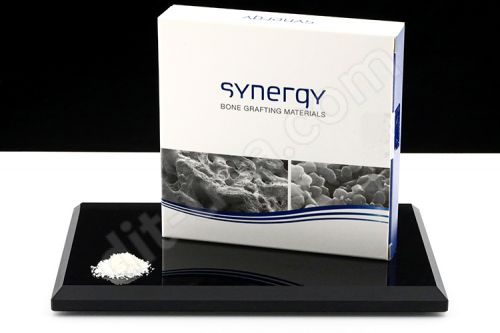All You Need To Know About Socket Prevention In Dentistry
When your dentist tells you that one of your teeth needs to be pulled, you may feel conflicted. On the one hand, you may feel relieved because you will soon be free of the agony and annoyance of a severely decayed or damaged tooth. On the other side, you could be concerned about what happens following dental extraction; your oral health, as well as your appearance, may suffer.
Socket preservation is an important operation that can safeguard your natural teeth while also laying the groundwork for future tooth replacement. Let's talk about what socket preservation with a socket plug is and how it can benefit you.
How does socket preservation work?
A bone graft is another name for socket preservation surgery. The dentist puts additional bone into the socket plug after removing a tooth to retain its structural integrity and keep the area robust. The extra bone could come from the patient's own body or from an animal. Artificial materials can be employed as well.
The following are some of the advantages of socket preservation:
- It has the ability to keep teeth from sliding out of place.
- It helps to prevent dry socket, a painful condition caused by a displaced blood clot above the extraction site.
- It lays the groundwork for future tooth replacement with dentures or dental implants.
If you want dental implants to replace your lost teeth, you should talk to your dentist about it while you're getting your teeth extracted. As a result, your dentist will be able to incorporate socket preservation with socket plug into your treatment plan from the start.

Comments
Post a Comment